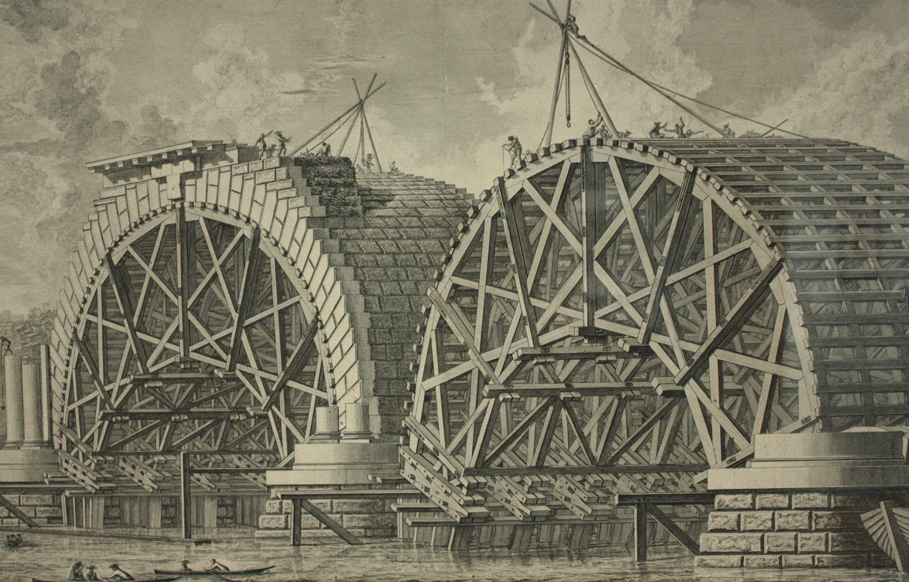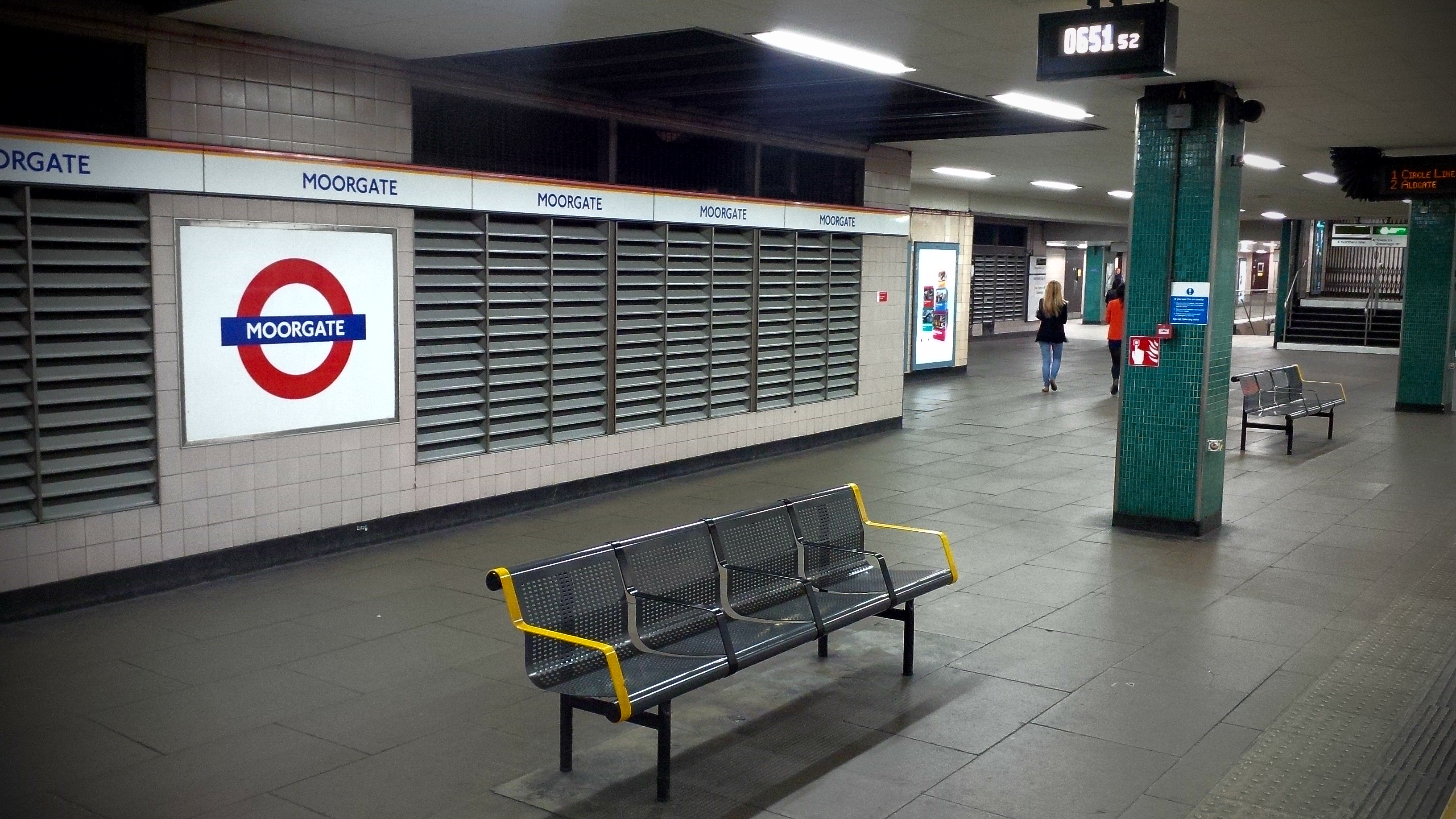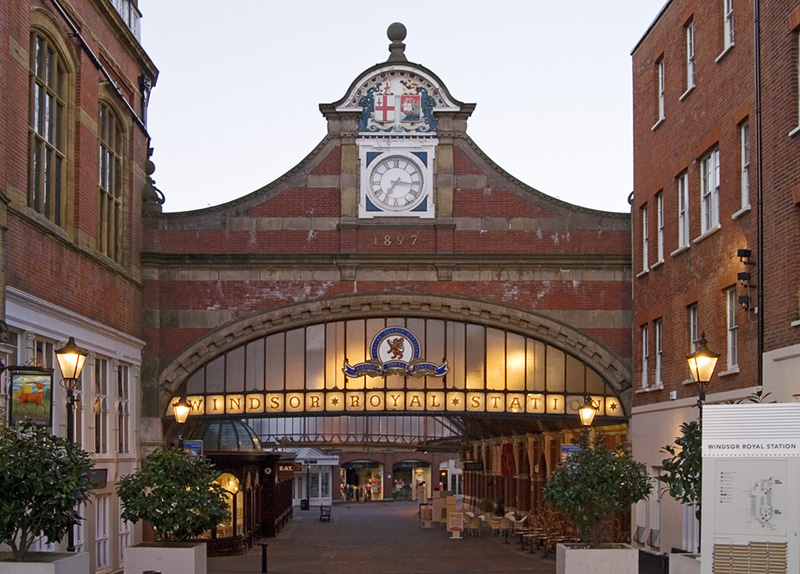|
Widened Lines
The Widened Lines (also known as the City Widened Lines; formerly known as the Moorgate Line) is a double-track railway line forming part of the Thameslink route between St Pancras and within Central London. For most of their life the Widened Lines ran from King's Cross to , and were completed in 1866 when the Metropolitan Railway was widened from two to four tracks between King's Cross and Farringdon (hence the ''widened'' name) and a four-track railway opened from there to Moorgate. The tracks were owned by the Metropolitan Railway but were used mainly by other railway companies. Connections to the Great Northern Railway (GNR) at King's Cross and London, Chatham and Dover Railway (LC&DR) at Farringdon allowed cross-London services to run. There was very soon a connection to the Midland Railway at St Pancras, near King's Cross. In the early 20th century competition led to the cross-London services being withdrawn, although the GNR and Midland services into Moorgate surviv ... [...More Info...] [...Related Items...] OR: [Wikipedia] [Google] [Baidu] |
Railway Lines Near Farringdon Station - Geograph
Rail transport (also known as train transport) is a means of transport that transfers passengers and goods on wheeled vehicles running on rails, which are incorporated in tracks. In contrast to road transport, where the vehicles run on a prepared flat surface, rail vehicles ( rolling stock) are directionally guided by the tracks on which they run. Tracks usually consist of steel rails, installed on sleepers (ties) set in ballast, on which the rolling stock, usually fitted with metal wheels, moves. Other variations are also possible, such as "slab track", in which the rails are fastened to a concrete foundation resting on a prepared subsurface. Rolling stock in a rail transport system generally encounters lower frictional resistance than rubber-tyred road vehicles, so passenger and freight cars (carriages and wagons) can be coupled into longer trains. The operation is carried out by a railway company, providing transport between train stations or freight customer fac ... [...More Info...] [...Related Items...] OR: [Wikipedia] [Google] [Baidu] |
Smithfield, London
Smithfield, properly known as West Smithfield, is a district located in Central London, part of Farringdon Without, the most westerly ward of the City of London, England. Smithfield is home to a number of City institutions, such as St Bartholomew's Hospital and livery halls, including those of the Butchers' and Haberdashers' Companies. The area is best known for the Smithfield meat market, which dates from the 10th century, has been in continuous operation since medieval times, and is now London's only remaining wholesale market. Smithfield's principal street is called ''West Smithfield'', and the area also contains London's oldest surviving church, St Bartholomew-the-Great, founded in AD 1123. The area has borne witness to many executions of heretics and political rebels over the centuries, as well as Scottish knight Sir William Wallace, and Wat Tyler, leader of the Peasants' Revolt, among many other religious reformers and dissenters. Smithfield Market, a Grade ... [...More Info...] [...Related Items...] OR: [Wikipedia] [Google] [Baidu] |
Paris
Paris () is the Capital city, capital and List of communes in France with over 20,000 inhabitants, most populous city of France, with an estimated population of 2,165,423 residents in 2019 in an area of more than 105 km² (41 sq mi), making it the List of cities proper by population density, 30th most densely populated city in the world in 2020. Since the 17th century, Paris has been one of the world's major centres of finance, diplomacy, commerce, Fashion capital, fashion, gastronomy, and science. For its leading role in the arts and sciences, as well as its very early system of street lighting, in the 19th century it became known as "the City of Light". Like London, prior to the Second World War, it was also sometimes called Caput Mundi#Paris, the capital of the world. The City of Paris is the centre of the Île-de-France Regions of France, region, or Paris Region, with an estimated population of 12,262,544 in 2019, or about 19% of the population of France, making the ... [...More Info...] [...Related Items...] OR: [Wikipedia] [Google] [Baidu] |
Liverpool
Liverpool is a city and metropolitan borough in Merseyside, England. With a population of in 2019, it is the 10th largest English district by population and its metropolitan area is the fifth largest in the United Kingdom, with a population of 2.24 million. On the eastern side of the Mersey Estuary, Liverpool historically lay within the ancient hundred of West Derby in the county of Lancashire. It became a borough in 1207, a city in 1880, and a county borough independent of the newly-created Lancashire County Council in 1889. Its growth as a major port was paralleled by the expansion of the city throughout the Industrial Revolution. Along with general cargo, freight, and raw materials such as coal and cotton, merchants were involved in the slave trade. In the 19th century, Liverpool was a major port of departure for English and Irish emigrants to North America. It was also home to both the Cunard and White Star Lines, and was the port of registry of the ocean lin ... [...More Info...] [...Related Items...] OR: [Wikipedia] [Google] [Baidu] |
Blackfriars Bridge
Blackfriars Bridge is a road and foot traffic bridge over the River Thames in London, between Waterloo Bridge and Blackfriars Railway Bridge, carrying the A201 road. The north end is in the City of London near the Inns of Court and Temple Church, along with Blackfriars station. The south end is in the London Borough of Southwark, near the Tate Modern art gallery and the Oxo Tower. History The first fixed crossing at Blackfriars was a long toll bridge designed in an Italianate style by Robert Mylne and constructed with nine semi-elliptical arches of Portland stone. Beating designs by John Gwynn and George Dance, it took nine years to build, opening to the public in 1769. It was the third bridge across the Thames in the then built-up area of London, supplementing the ancient London Bridge, which dated from several centuries earlier, and Westminster Bridge. It was originally named "William Pitt Bridge" (after the Prime Minister William Pitt the Elder) as a dedication, but ... [...More Info...] [...Related Items...] OR: [Wikipedia] [Google] [Baidu] |
South Eastern Railway (England)
The South Eastern Railway (SER) was a railway company in south-eastern England from 1836 until 1922. The company was formed to construct a route from London to Dover. Branch lines were later opened to Tunbridge Wells, Hastings, Canterbury and other places in Kent. The SER absorbed or leased other railways, some older than itself, including the London and Greenwich Railway and the Canterbury and Whitstable Railway. Most of the company's routes were in Kent, eastern Sussex and the London suburbs, with a long cross-country route from in Surrey to Reading, Berkshire. Much of the company's early history saw attempts at expansion and feuding with its neighbours; the London Brighton and South Coast Railway (LBSCR) in the west and the London, Chatham and Dover Railway (LCDR) to the north-east. However, in 1899 the SER agreed with the LCDR to share operation of the two railways, work them as a single system (marketed as the South Eastern and Chatham Railway) and pool receip ... [...More Info...] [...Related Items...] OR: [Wikipedia] [Google] [Baidu] |
Blackfriars Bridge Railway Station
Blackfriars, also known as London Blackfriars, is a central London railway station and connected London Underground station in the City of London. It provides Thameslink services: local (from North to South London), and regional (Bedford and Cambridge to Brighton) and limited Southeastern commuter services to South East London and Kent. Its platforms span the River Thames, the only one in London to do so, along the length of Blackfriars Railway Bridge, a short distance downstream from Blackfriars Bridge. There are two station entrances either side of the Thames, along with a connection to the London Underground District and Circle lines. The main line station was opened by the London, Chatham and Dover Railway with the name St. Paul's in 1886, as a replacement for the earlier Blackfriars Bridge station (now the present station's southern entrance) and the earlier Blackfriars railway bridge. This increased capacity of rail traffic through the Snow Hill tunnel to the rest of ... [...More Info...] [...Related Items...] OR: [Wikipedia] [Google] [Baidu] |
Moorgate Station
Moorgate is a central London railway terminus and connected London Underground station on Moorgate in the City of London. Main line railway services for Hertford, Welwyn Garden City, Stevenage and Letchworth are operated by Great Northern, while the Underground station is served by the Circle, Hammersmith & City, Metropolitan and Northern lines. The station was opened as Moorgate Street in 1865 by the Metropolitan Railway. In 1900, the City & South London Railway added the station to its network, and the Great Northern & City Railway began serving the station in 1904. In 1975, the Northern City Line platforms were the site of the Moorgate tube crash – at the time, the worst peacetime accident in the history of the London Underground – in which 43 people were killed. Thameslink branch services were withdrawn in the early 21st century, and in 2022 a new ticket hall was built connected to the newly opened Elizabeth line at , with through access to the rest of Live ... [...More Info...] [...Related Items...] OR: [Wikipedia] [Google] [Baidu] |
Barbican Tube Station
Barbican is a London Underground station situated near the Barbican Estate, on the edge of the ward of Farringdon Within, in the City of London in Central London. It has been known by various names since its opening in 1865, mostly in reference to the neighbouring ward of Aldersgate. The station is served by the Circle, Hammersmith & City and Metropolitan lines, and is situated between and Moorgate stations, in Travelcard Zone 1. Platform 2, serving westbound trains, is connected by a single lift to station on the Elizabeth line. Until 2009 Barbican was additionally served by Thameslink services to and from Moorgate. Location Barbican station lies in an east–west-aligned cutting with cut-and-cover tunnels at either end. The modern entrance gives access from Aldersgate Street, through a 1990s building, to a much older footbridge leading to the eastern end of the platforms. To the north of the station are the rears of buildings that face onto Charterhouse Street, Charterhous ... [...More Info...] [...Related Items...] OR: [Wikipedia] [Google] [Baidu] |
Heading North (geograph 6090018)
Heading can refer to: * Heading (metalworking), a process which incorporates the extruding and upsetting processes * Headline, text at the top of a newspaper article * Heading (navigation), the direction a person or vehicle is facing, usually similar to its course ** Aircraft heading, the direction that the aircraft's nose is pointing * Double-heading, the use of two locomotives at the front of a train * Subject heading, an integral part of bibliographic control * Using one's head to move an airborne football or volleyball * Heading off, (especially with regard to livestock, sports or military action), circling around to prevent livestock or opponents from fleeing. See Heading dog. * Heading date, a parameter in barley cultivation * Heading, part of a flag used to attach it to the halyard; see Flag#Hoisting the flag. See also * * * Head (other) * Header (other) Header may refer to: Computers and engineering * Header (computing), supplemental data at t ... [...More Info...] [...Related Items...] OR: [Wikipedia] [Google] [Baidu] |
Windsor & Eton Central Railway Station
Windsor & Eton Central station is one of two terminal stations serving the town of Windsor, Berkshire, England. Although a small part is still a railway station, most of the station building has been converted into a tourist-oriented shopping centre, called Windsor Royal Shopping. It is situated on the High Street, almost immediately opposite Castle Hill, the main public entrance to Windsor Castle. Originally named simply ''Windsor'', the station was renamed twice: first to ''Windsor & Eton'' on 1 June 1904; and then to ''Windsor & Eton Central'' on 26 September 1949. The station is the terminus of a branch line from operated by Great Western Railway. Windsor's other station, Windsor & Eton Riverside, is the terminus for the South Western Railway service from . History Construction Windsor Station opened on 8 October 1849 on the completion of the branch line from Slough but only after considerable opposition from the leadership at Eton College, which was convinced that the ... [...More Info...] [...Related Items...] OR: [Wikipedia] [Google] [Baidu] |








